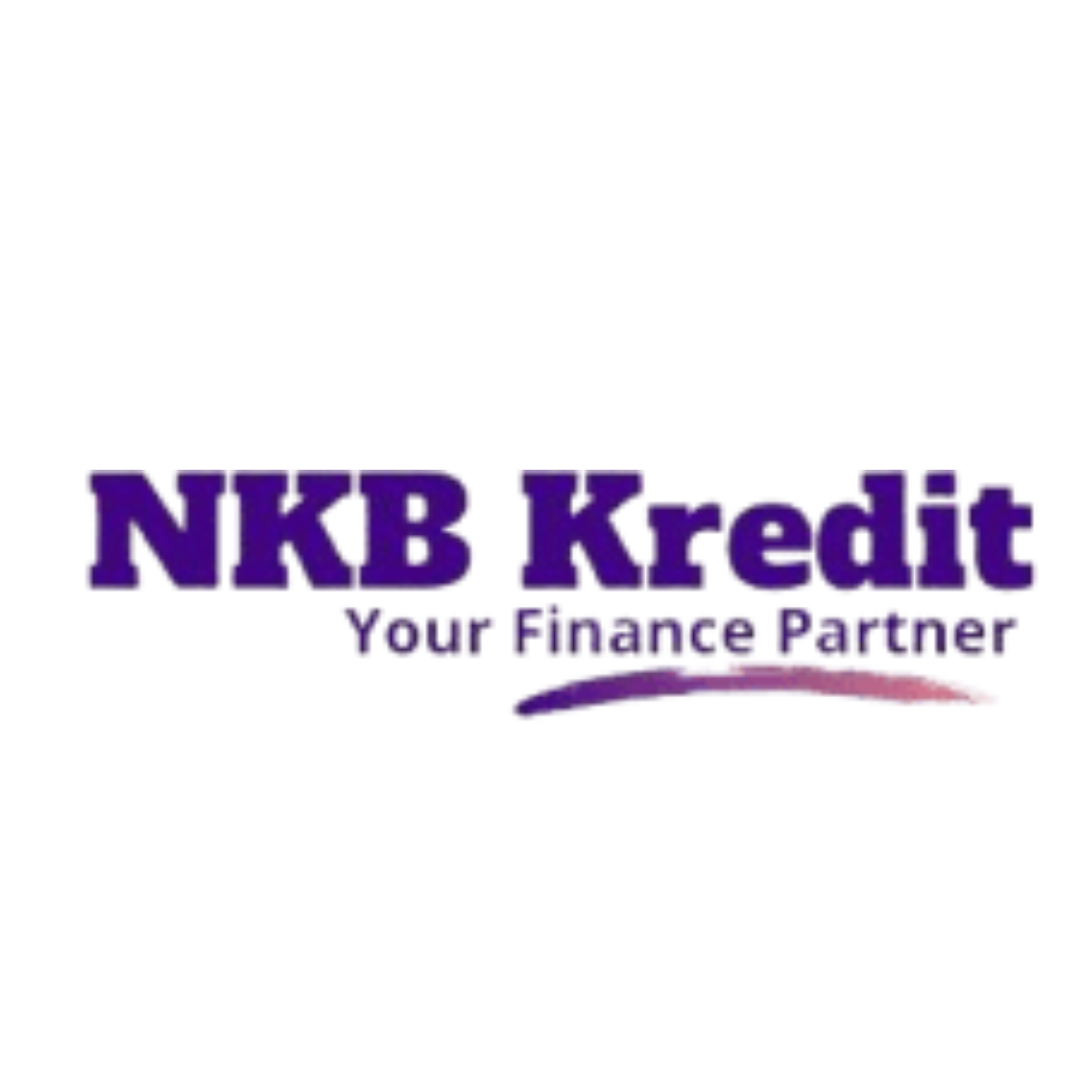In the dynamic landscape of business, having sufficient working capital is crucial for day-to-day operations, expansion, and overall sustainability. For many businesses, obtaining a working capital loan is a strategic financial move to bridge gaps in cash flow and seize growth opportunities. In this comprehensive guide, we will walk you through the essential steps to secure a working capital loan, empowering business owners with the knowledge needed to navigate the process successfully.

I. Assessing Your Working Capital Needs:
A. Define Working Capital:
1. Understanding the concept: Working capital represents the funds required to cover daily operational expenses.
2. Components: Inventory, accounts receivable, and short-term liabilities.
B. Calculate Working Capital Requirements:
1. Analyzing historical cash flows and expenses.
2. Considering seasonal variations and industry-specific factors.
3. Identifying the optimal amount to sustain and grow the business.
A. Revolving Credit Lines:
1. Definition: A flexible credit facility allowing businesses to borrow up to a predetermined limit.
2. Advantages: Access to funds when needed, paying interest only on the amount borrowed.
B. Term Loans:
1. Fixed amount borrowed for a specific period.
2. Suitable for long-term investments or one-time expenses.
C. Invoice Financing:
1. Leveraging accounts receivable to secure immediate cash.
2. Ideal for businesses with outstanding invoices and short-term cash flow gaps.
D. Merchant Cash Advances:
1. Receives a lump sum in exchange for a percentage of daily credit card sales.
2. Quick access to capital, but typically higher costs.
III. Preparing Your Business for Loan Application:
A. Organize Financial Documents:
1. Profit and loss statements.
2. Balance sheets.
3. Cash flow projections.
4. Tax returns and business licenses.
B. Check Your Credit Score:
1. Reviewing personal and business credit scores.
2. Addressing any discrepancies or negative items.
C. Build a Solid Business Plan:
1. Clearly articulate your business goals and strategies.
2. Provide a detailed plan for utilizing the working capital.
IV. Researching and Choosing the Right Lender:
A.Traditional Banks:
1. Comprehensive application process.
2. Lower interest rates but may have stricter eligibility criteria.
B. Online Lenders:
1. Streamlined application process.
2. Higher interest rates but greater accessibility for small businesses.
C. Alternative Funding Sources:
1. Community development financial institutions (CDFIs).
2. Peer-to-peer lending platforms.
3. Government-backed loans.
V. Initiating the Loan Application Process:
A. Gather Required Documentation:
1. Business and personal financial statements.
2. Business plan and projections.
3. Tax returns and legal documents.
B. Complete the Loan Application:
1. Detailed information about the purpose of the loan.
2. Collateral details, if applicable.
3. Personal and business financial information.
VI. The Loan Underwriting Process:
A. Lender Evaluation:
1. Analyzing the business’s financial health.
2. Assessing the borrower’s creditworthiness.
B. Collateral Assessment:
1. Secured vs. unsecured loans.
2. Providing additional assets as security.
C. Approval and Terms:
1. Negotiating loan terms, interest rates, and repayment schedules.
2. Securing final approval from the lender.
VII. Closing the Deal:
A. Legal Documentation:
1. Reviewing and signing the loan agreement.
2. Understanding the terms and conditions.
B. Disbursement of Funds:
1. Confirming the transfer of funds to the designated account.
2. Using the working capital to address immediate needs or opportunities.
VIII. Managing Working Capital Loan Repayment:
A. Develop a Repayment Plan:
1. Creating a realistic schedule for loan repayment.
2. Aligning repayment with cash flow cycles.
Conclusion:
Securing a working capital loan is a strategic move that can propel your business forward and ensure its financial health. By carefully assessing your working capital needs, understanding the various loan options, and navigating the application process with precision, you can position your business for growth and success. Remember, a well-prepared and informed approach is key to obtaining the working capital you need to thrive in today’s competitive business environment.
Resource:- nkbkredit.com



